Expedition to the ancestors. Neolithic colonization of Europe. Ancient plowmen among large stones
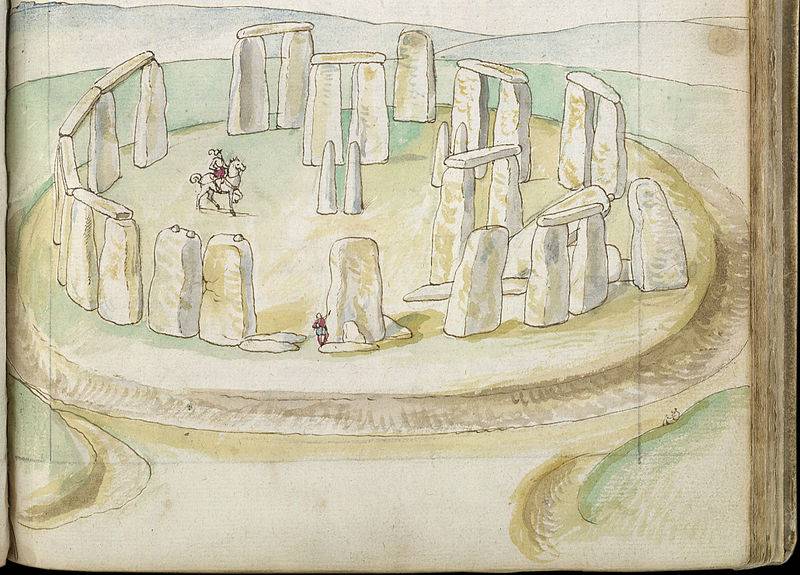
The main part of the illustrations for this material will be devoted to megaliths and ancient houses. Unfortunately, the most popular megalithic structure in Europe, Stonehenge, has become the object of all kinds of falsifications. To the point of statements that it was built today. Actually this is not true. Here is a watercolor by Lucas de Geer, 1573-1575. which shows how this structure looked at a time when no one would have thought of falsifying ancient stones...
no arable land is plowed.
Without plowing and without sowing
everything will be born to them abundantly -
White barley and wheat.
Give grapevines
Lots of grapes
and the rains of the Thunderer multiply the wine in them.
Homer "Odyssey"
Migrants and migrations. Last time we visited predynastic Egypt and found out that, firstly, the latest paleogenetic data speaks of a purely African origin of the Badari and Negada cultures, and secondly, that... dogs, it turns out, were not domesticated anywhere... then, and in the Levant.
The question of whether the ancient Levantines migrated to the Nile Delta and upstream remains open. But there is no doubt that they migrated north to Asia Minor.
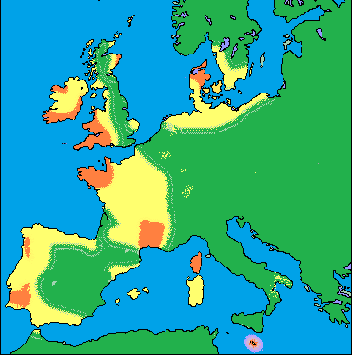
Map of the distribution of megalithic structures in Europe. Red color – 4800–3000 BC e.; yellow – 3000–1200 BC e. Judging by the colors, the impression is that people walked and walked across Europe, ran into the Atlantic Ocean, there was nowhere to go, and they started installing megaliths!
On the Nile it’s one thing, in Europe it’s another...
However, what was happening in Europe at that time is what is interesting, especially since everything is clear with Egypt for the time being - there the annual floods brought nutritious silt, people noticed this and began to plant seeds directly in it, and then came to collect what has grown.
But what was the situation with agriculture in Europe then?
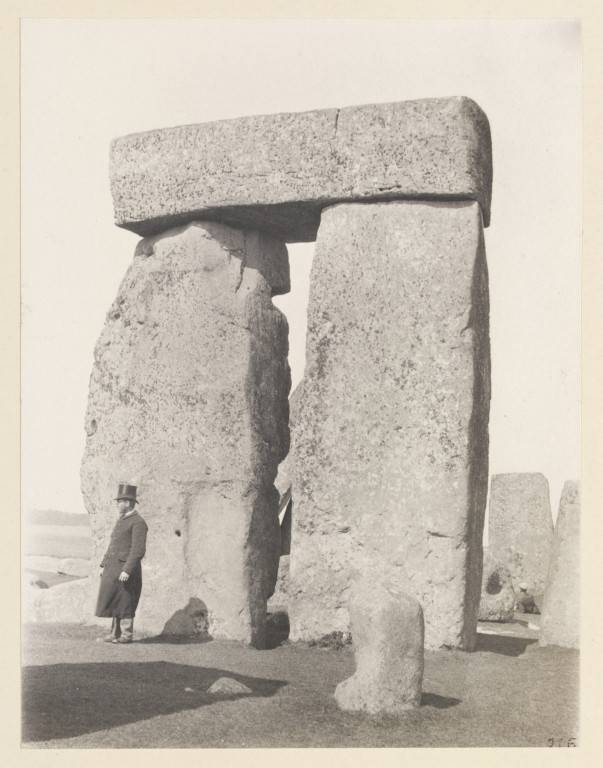
Stonehenge at the end of the XNUMXth century
Well, according to a number of British scientists, and they have studied a lot about the cultures of the Levant and their own ancient migrants from the mainland, agriculture and pastoralism entered Europe from the East about 9000 years ago. Then, 2000 years later, it reached the Iberian Peninsula and the Netherlands through the Mediterranean and central regions and, after a short pause, by 4000 BC. e. appeared in Britain and Scandinavia. Well, in the north-west of Russia and the Baltic states, people began to become peasants in the XNUMXnd millennium BC. e.
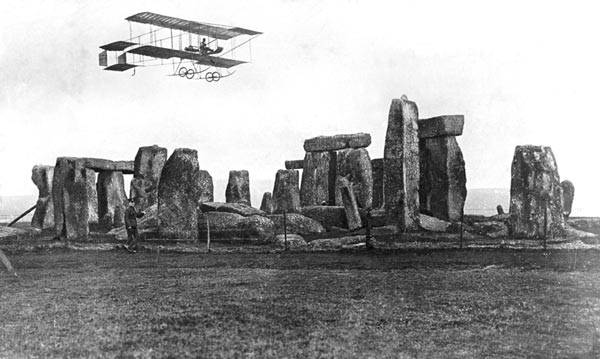
Stonehenge in 1911... Airplanes have already appeared...
Figures and Facts
Well, the chronology of all these important events in stories European civilization is:
7000 BC. e. The first agricultural settlements in Europe.
5000 BC. e. Agriculture in the Iberian Peninsula and the Netherlands.
4500 BC. e. Copper production in the Balkans.
4000 BC. e. Agriculture in Britain and southern Scandinavia.
3500 BC. e. Wheel and plow in Europe.
3000 BC. e. Megalithic tombs in Western Europe.
2000 BC. e. Bronze production in Central Europe.
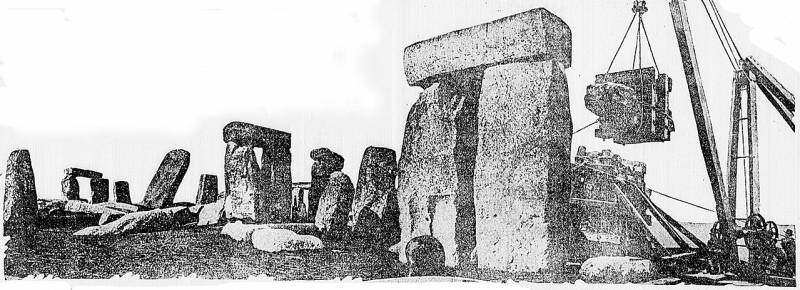
And this is how Stonehenge was repaired in 1920, including using concrete! Photo from a newspaper of the time
As for the very first agricultural settlements in Europe, they appeared in the XNUMXth millennium BC. e. on the western coast of the Aegean Sea (in Argissa) and on Crete (Knossos), and by the middle of the XNUMXth millennium BC. e. they have already spread widely in the Balkans.
Naturally, people chose places with fertile soils and guaranteed moisture for settlements. At the same time, the basis of the economy of these settlements was wheat, legumes and sheep breeding. Viticulture was also known, and therefore winemaking, because one simply cannot exist without the other.
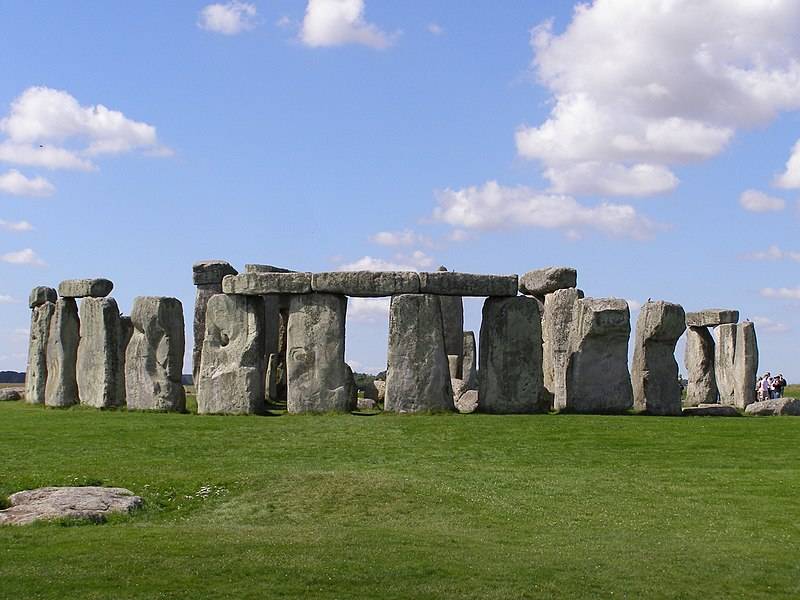
But today it looks like this - Stonehenge in 2007
Tell me where you live and I will tell you what culture you belong to!
What did European settlements look like at that time?
These were clusters of adobe houses with the same type and very simple layout - a fireplace in the middle of the kitchen, then a bedroom - that's the whole home. And such houses spread all the way to Hungary, but further north the houses became different.
Long log huts and dugouts were already being built here, and settlements of such houses stretched in a wide strip from the northeast of France to the southwest of Russia. The soils here were very rich, formed from loess, a porous rock deposited from dust particles during the Ice Age.
This entire area was characterized by linear-band ceramics with a cut pattern of spirals and meanders. Cattle were more important than sheep in the forest belt, but wheat remained the main grain product. The peasants did not clear vast fields, but intensively grew fruit and vegetable crops on the lands surrounding the villages.
At the same time, agriculture spread west along the northern coast of the Mediterranean Sea and by the XNUMXth millennium BC. e. reached Spain. In this zone, conditions were closer to the starting ones, and the original type of settlements changed less.
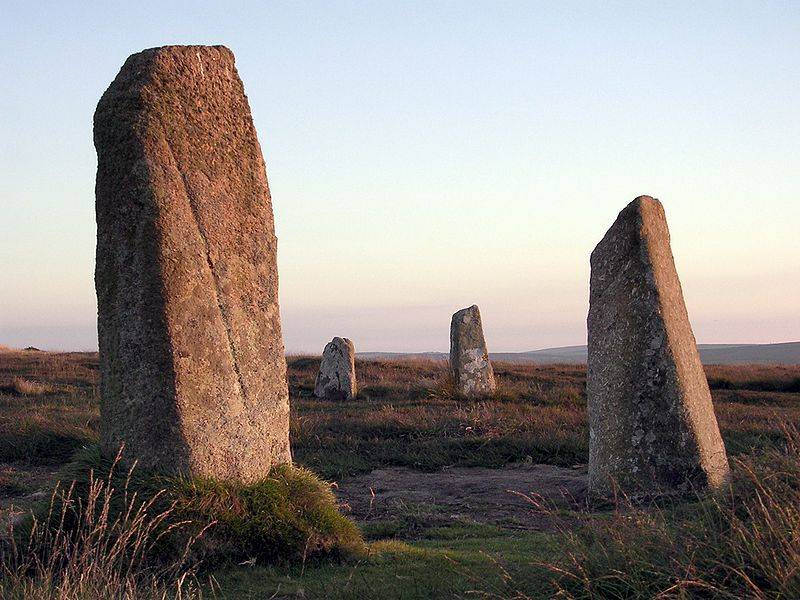
Stone circle near Penzance in Cornwall
There were most likely few hunters in the areas developed by peasants, so the rapid spread of agriculture throughout the loess zone was apparently partly due to weak competition on their part.
In other regions, gathering firmly retained its position, especially in the lake regions that arose during the retreat of glaciers - around the Alps and in the coastal strip of the North European Plain.
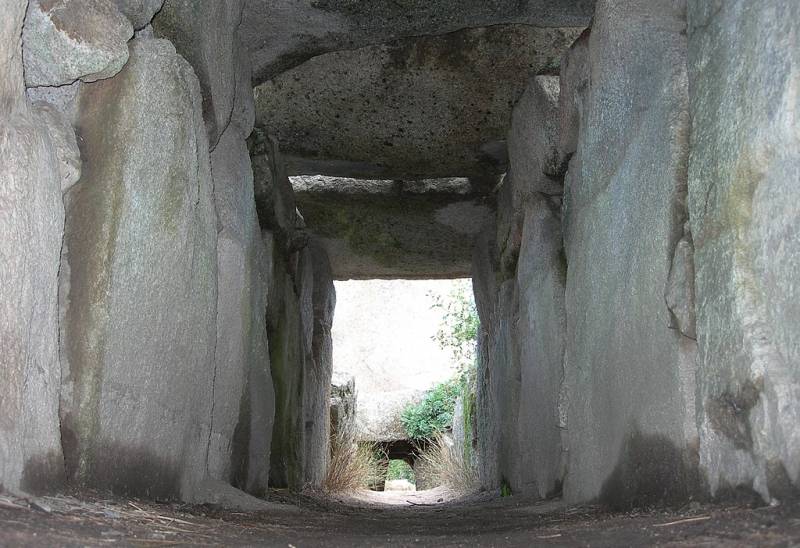
The most common type of megalithic structure in Europe is the portal tomb - a chamber consisting of vertical stones
Not migration, but borrowing!
There has been much debate: did agriculture spread with migrants or was it adopted by local foraging tribes? And for a long time it was impossible to answer this question with sufficient accuracy.
But now archaeological data and, most importantly, DNA analyzes of modern populations show that a certain migration took place and is noticeable in the Balkans and in the loess zone. But in most of Europe, the adoption of a new way of life and its material attributes by the former population prevailed. That is, people contacted each other and adopted modern methods of hunting, fishing and, above all, farming.
In other words, having tasted porridge from cereals, bread, and possibly beer as a guest, the ancient hunters were imbued with such reverence for their owners that they not only continued to supply them with meat and skins of the hunted animals, but also... they themselves burned out the clearings and planted grain ( apparently bartered from neighboring farmers for hunting spoils) and also became farmers!
And... they got a lot of free time in the winter because they ate grain reserves. And free time also means practicing art, making ever more advanced tools, and, of course, love. Why did the population of Europe begin to increase rapidly?
And here spiritual culture came to the fore in the lives of Europeans.
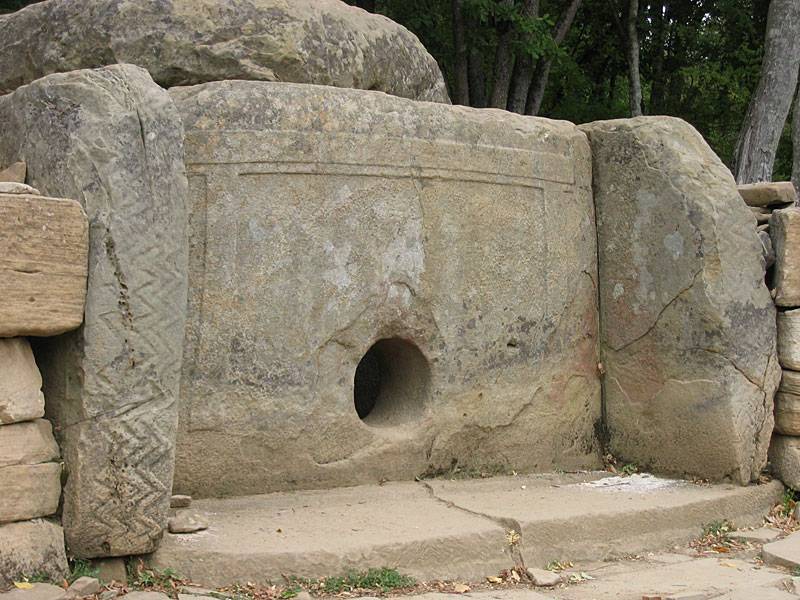
We also have megalithic buildings in Russia. In the Caucasus! And there are a lot of them there. It is believed that it is in the mountains of the North Caucasus that the maximum concentration of “stone huts” is located not only in Russia, but throughout the world. Dolmen* on the Zhane River
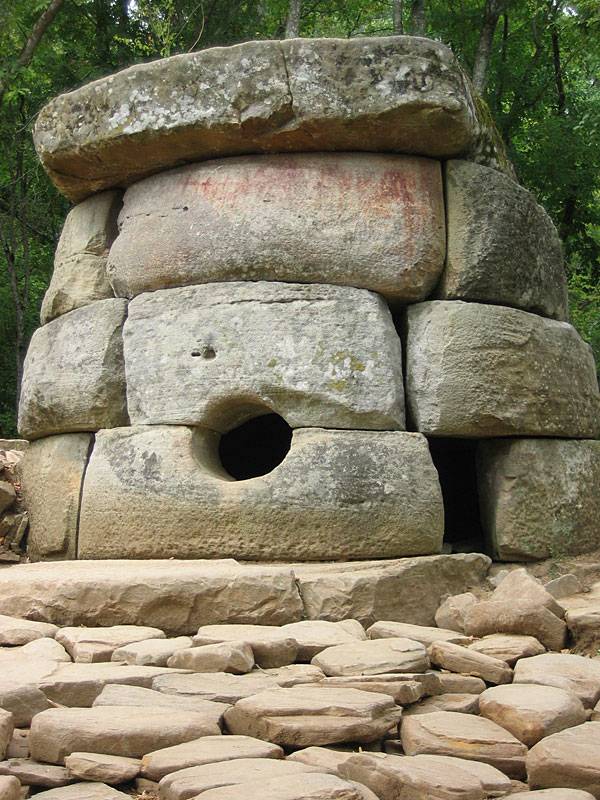
Another dolmen on the Zhane River. There are claims that there is a source of “power” inside, and this “force,” escaping from the round hole, destroyed enemy ships approaching the shore. No wonder, they say, the holes look out to the sea! And “it is believed that dolmens can be a source of low-frequency vibrations that affect humans.” For a long time my daughter and son-in-law stood near such a dolmen. But we didn’t feel any effects. We bought a souvenir dolmen made of ornamental stone and left with that!
Europe of peasant fields and megaliths
Archaeological data say that in western Europe agriculture appeared in the XNUMXth millennium BC. e., and here’s what’s interesting: simultaneously with clearing the land of stones, the peasants of that time immediately began to build crypts and sanctuaries from huge blocks of stone - megaliths. No one would be surprised if they built fences from stones torn out of the field.
By the way, it is precisely such fences that are known in Europe - starting from Malta and ending with Britain, they stretch for many miles. But in addition to such utilitarian structures, they also built megalithic buildings that were completely useless from a practical point of view.
They dug huge stones up into the ground, and then covered them on top with another stone, and got the letter “P”. Moreover, they arose in Brittany and Portugal, and the most advanced ones were created in Spain and Ireland in the middle of the XNUMXrd millennium BC. e.
Among the megaliths, structures with unknown functions are also known, for example, stone circles made of huge stones in the British Isles.
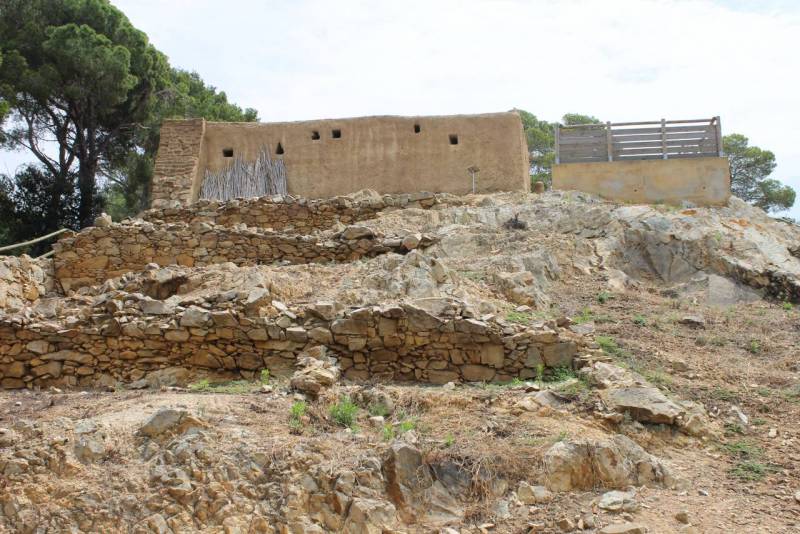
The village of ancient farmers Turo Rodo on a mountain in the Spanish city of Lorriet de Mar. View from below. Author's photo
Megaliths: why and why - there is no answer and not in sight!
Did people of that time have so much free time to drag multi-ton blocks of stone from place to place? Cut them down with primitive tools and pile them one on top of the other? That is, the obvious goal for us is to build something, but it is completely ambiguous for us in its original, so to speak, spiritual orientation.
What did the ancient megalithic peasants want to show with their structures, with what intentions did they create their stone circles or build huge “tombs” that were empty inside? Or did they simply have nothing to do, and they just had fun out of boredom?
Unknown! And it is unlikely that this secret will ever be revealed, because there was no writing then. And if there is no written language, there is no reliable information about the past.
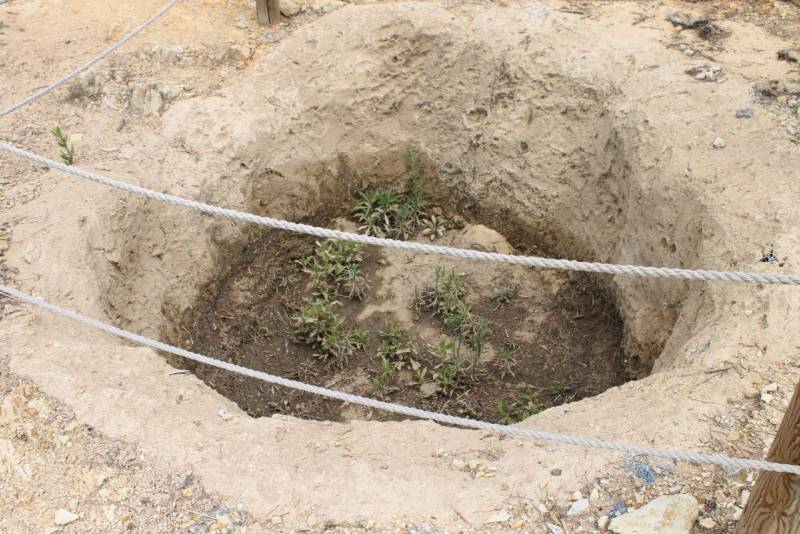
Remains of a grain storage pit. Author's photo
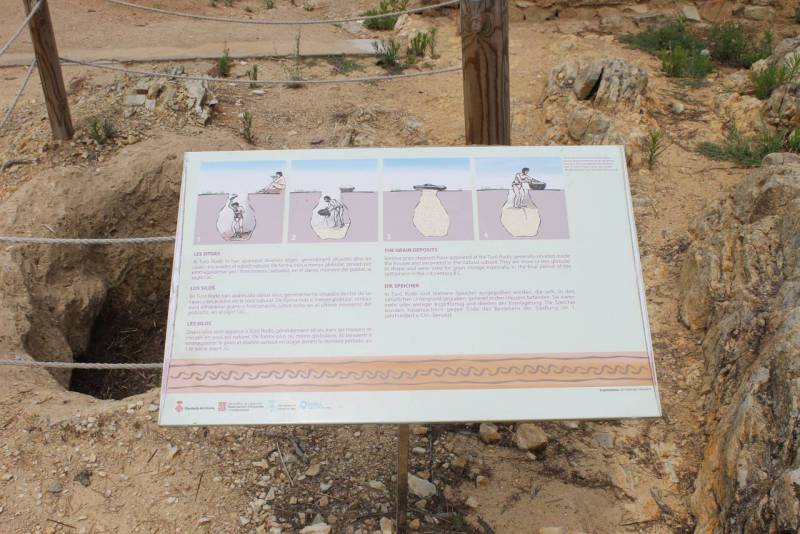
[center]And this is how they used this pit! Author's photo
Metal is gradually replacing stone
Between the XNUMXth and XNUMXrd millennia BC. e. important life-changing changes took place.
In the Balkans from the middle of the XNUMXth millennium BC. e. copper and gold are smelted and processed. Whether this technology was invented locally or borrowed from the Middle East is unclear. Fine artifacts from the period have been excavated from a rich Bronze Age cemetery in Varna, Bulgaria.
And in the XNUMXrd millennium BC. e. From the steppes north of the Black Sea, the advance of Aryan (Indo-European) tribes began to the west. With them, wheeled carts (as well as war chariots and more advanced weapon) and plows, draft animals, primarily horses, were widely used for the first time.
This changed the nature of agriculture. Widespread deforestation began, and flint deposits began to provide material for the manufacture of a huge number of axes, which in the XNUMXnd millennium BC. e. have already been replaced by metal ones**...
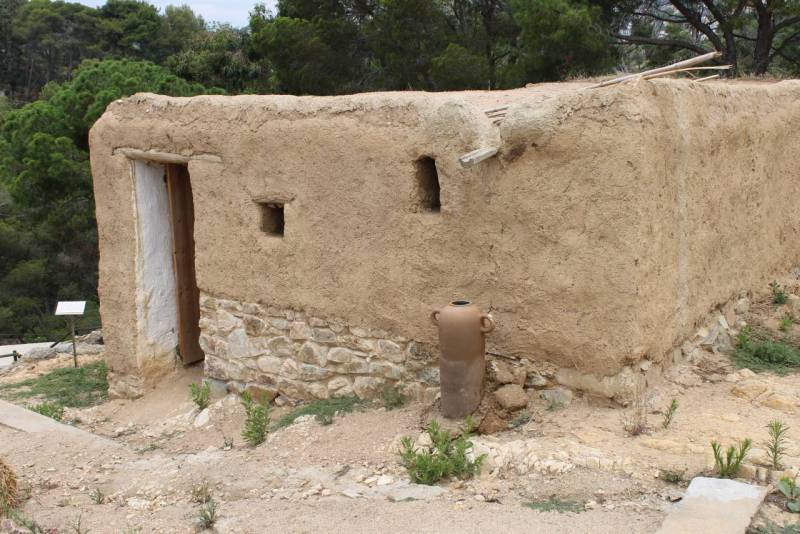
One of the Turo Rodo houses has been completely restored. A wretched place to be honest! Author's photo
* Dolmens – ancient funeral and religious structures belonging to the category of megaliths (that is, structures made of large stones).
** Surely many readers are interested in VO Göbökli Tepe phenomenon, which has nothing to do with European megaliths. And it will definitely be talked about here. But everything has its time!
To be continued ...
Information